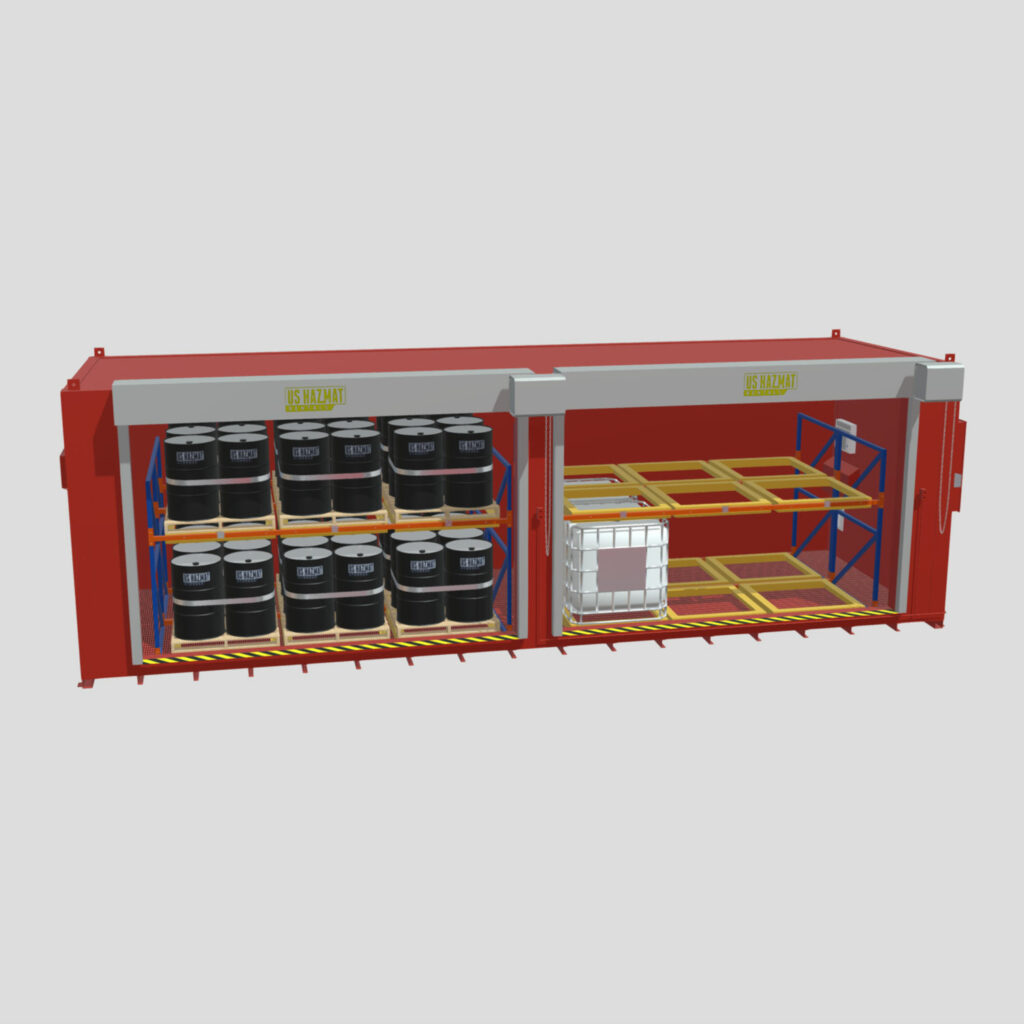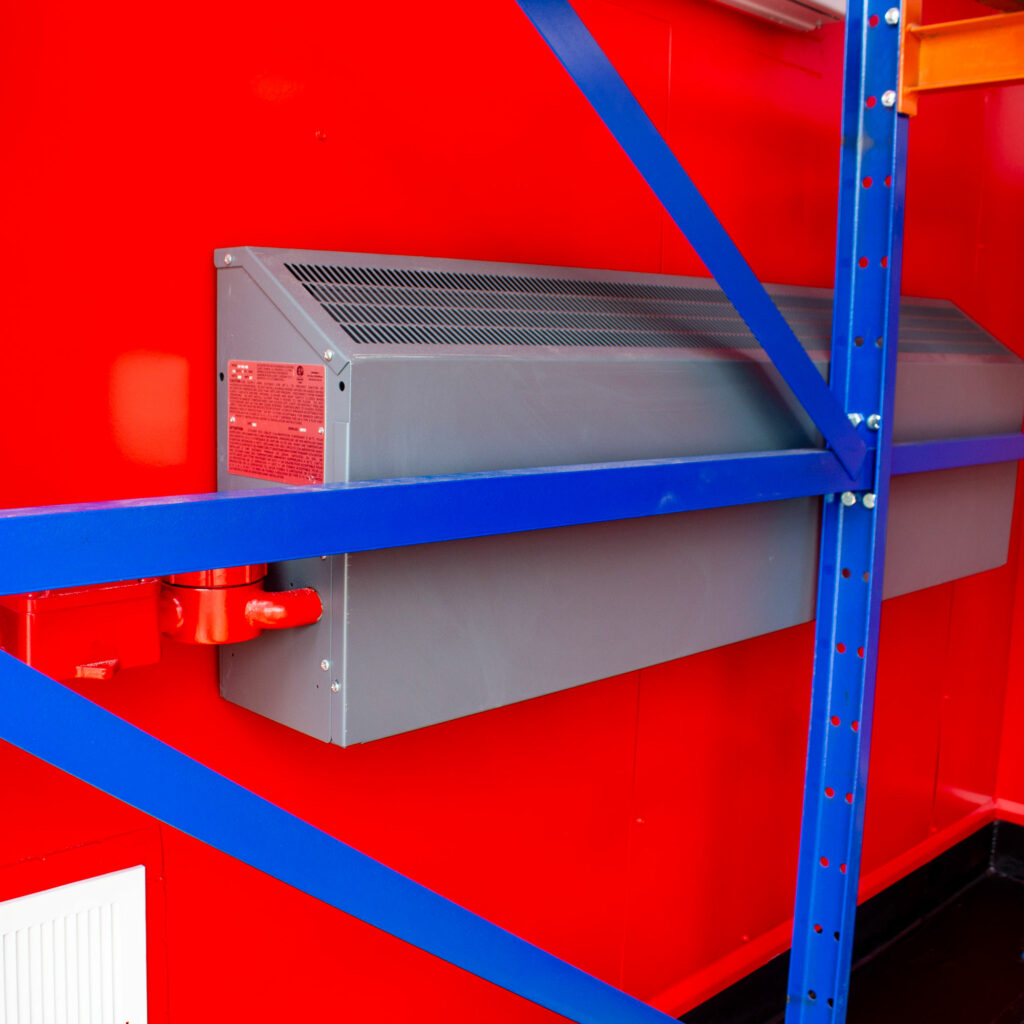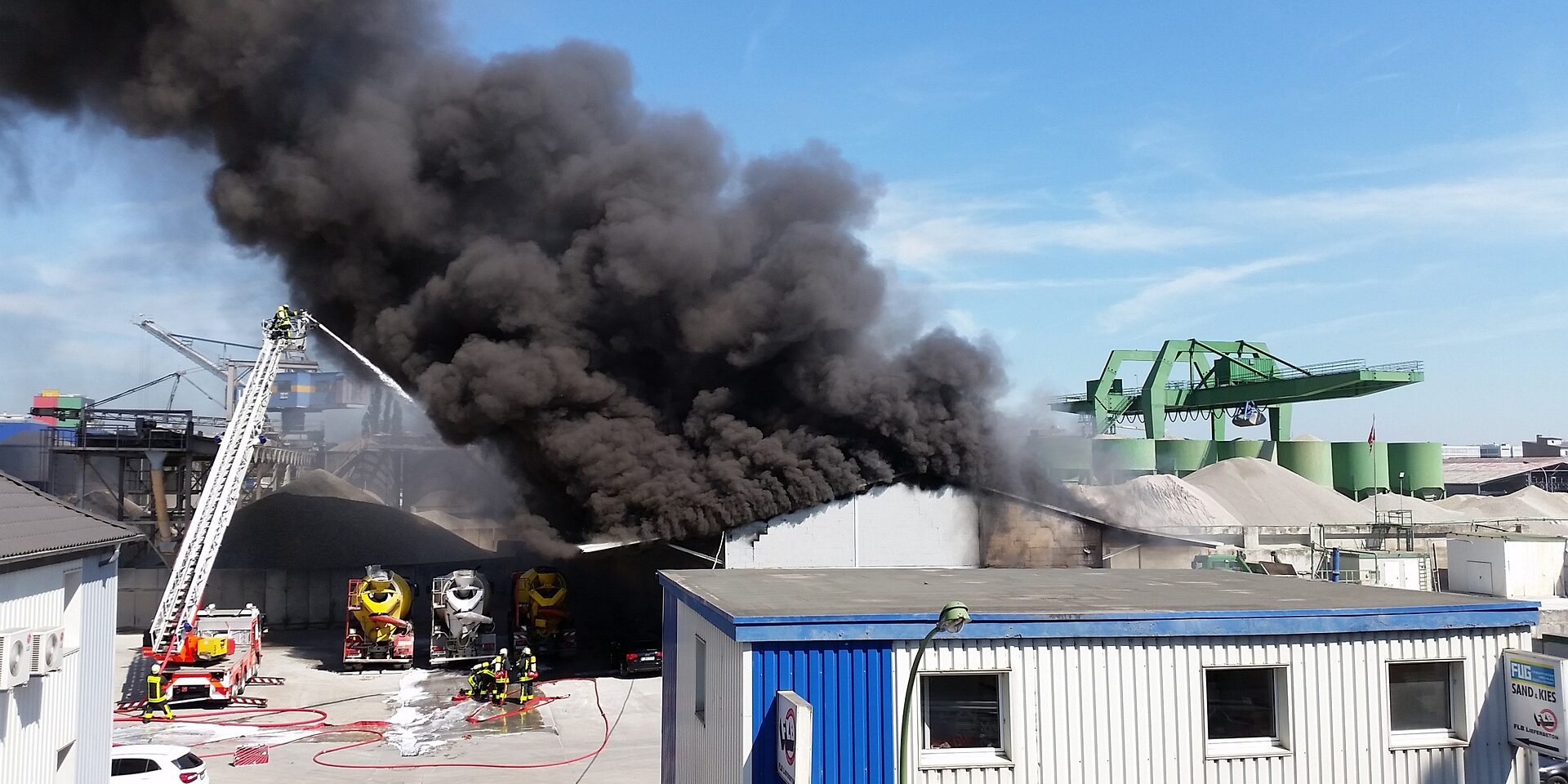Everything is bigger in Texas, including chemical storage incidents. Last week, folks in Shepherd, Texas found themselves scurrying for the hills after a large explosion at a solvents plant sent massive plumes of black smoke skyward. Initial reports indicate minimal injuries, but the investigation is ongoing. Like with almost every other hazmat incident making headlines these days, authorities have yet to determine the cause. Chemical plant explosions rock communities to their core, as the immense fallout jeopardizes the health and well being of not only residents, but vulnerable ecosystems that also call the area home.
Chemical Plant Explosions Can Destroy Lives, Company Reputations
The latest chemical plant explosion begs a simple question: why do chemical manufacturers build facilities so close to neighborhoods and wildlife? While it’s a prudent question, we can’t ignore the simple logistics of modern manufacturing. Manufacturing facilities rely on the same highways and immediately available workforces, as schools, hospitals and other businesses that employ hard-working individuals looking to make a living. We can’t just confine dangerous production facilities to deserted locales away from thriving populations. With this ease of convenience, however, comes inherent risks. Chemical plant explosions pose a bevy of health hazards that blemish the longevity and morale of afflicted parties.
Polk County Emergency Management officials didn’t mince words while describing the severity of the ongoing crisis. Officials say the plant houses chemicals known to cause “acute toxicity, carcinogenicity, and reproductive toxicity, and may cause serious eye damage or eye irritation, skin corrosion or irritation, aspiration hazard, and organ toxicity.” While the immediate effects of exposure can be debilitating, the long-term side effects of inadvertent toxicity can lead to chronic illness, including respiratory ailments and even cancer. Compliant and affordable chemical storage should always be a top concern for all manufacturing facilities.
Compliant Adhesive and Solvent Storage

Without knowing the particulars of the ongoing chemical plant explosion, it’s difficult to assign blame to any party. But explosions and chemical storage incidents don’t occur in a vacuum, as other variables and storage procedures will likely fall under closer scrutiny. Solvents, including industrial adhesives and paint remover, require government-specific storage guidelines and chemical warehouses to prevent errant missteps that lead to catastrophe. For handling large quantities of adhesives, industry experts advise manufacturers to use ventilated storage cabinets for the storage of volatile and odorous substances. Experts also say resins and adhesives need separated metal drum storage. Adhesives should always be stored away from noncompatible materials, including oxidizers and acids. We also recommend storing adhesives and solvents in segregated fire-rated chemical storage lockers to minimize risks of explosions, fires and spills.
Keep Your Cool With Climate-Control Ventilation and Spill Containment Systems

Maintaining a designated storage area for the storage of hazardous materials allows safety managers to more closely monitor stockpiles while encouraging employees to exercise extreme caution with removing and storing adhesives and solvents. Molecular stability will always minimize the chances of chemical storage mishaps because the majority of explosions occur when the material exceeds its designated flash or melting points. Our fire-rated chemical storage lockers come with optional climate control and mechanical ventilation to keep adhesives and solvents in an optimal temperature range. Standard spill sump containment systems, which are affixed to the base of the building, can also prevent potential leaks from contaminating the surrounding environments.






